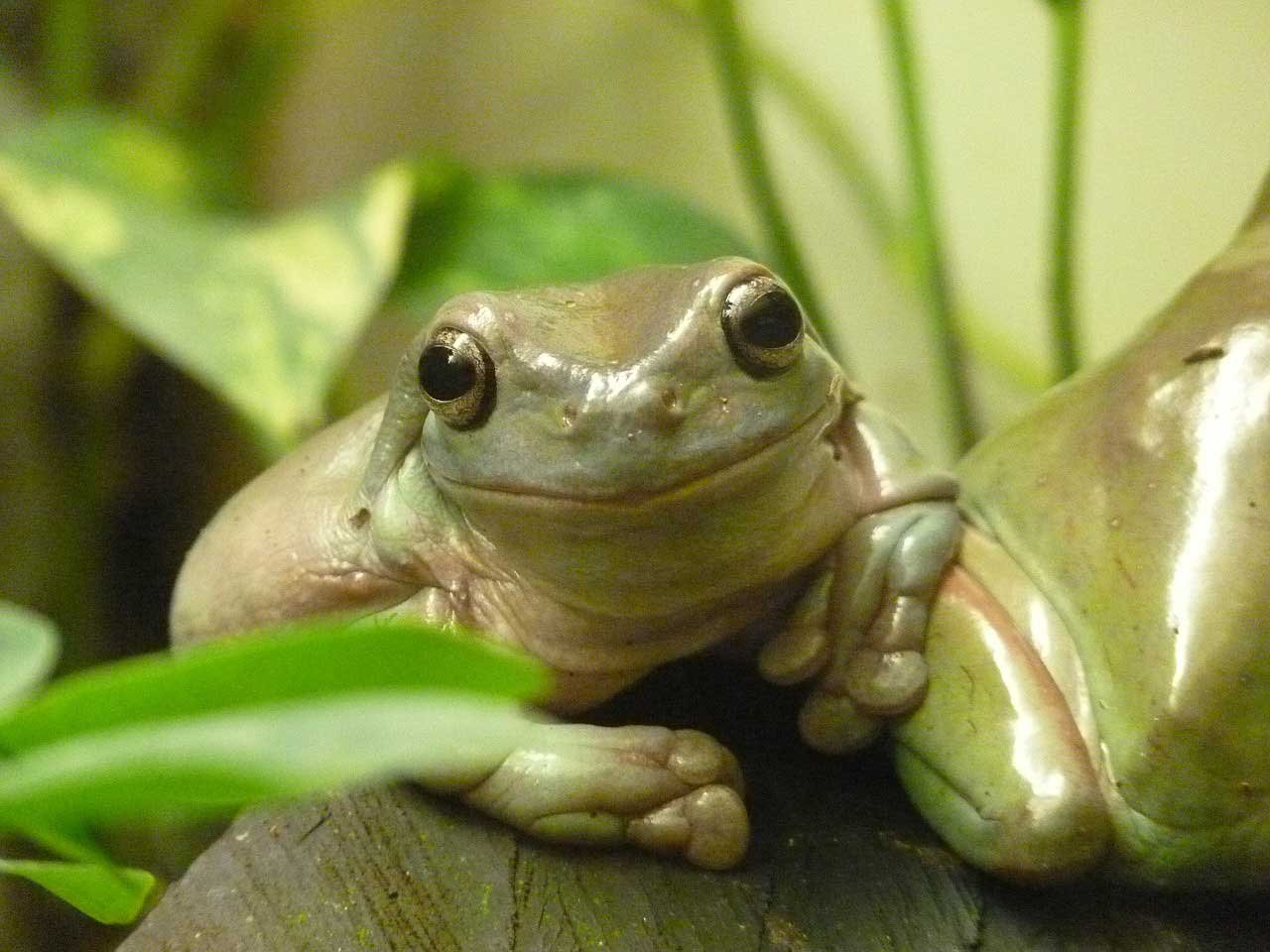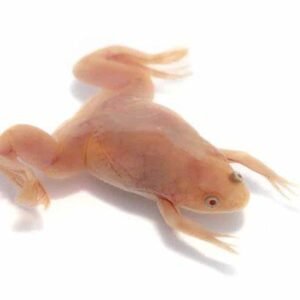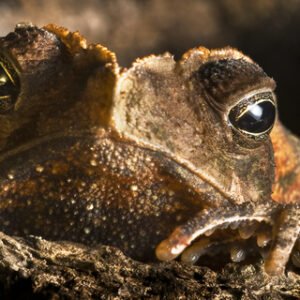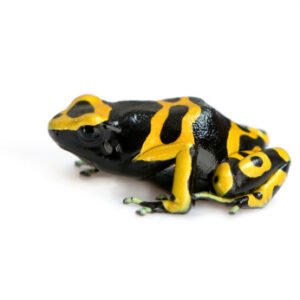The Fascinating World of the Dumpy Tree Frog
Introduction to the Dumpy Tree Frog
The dumpy tree frog, scientifically known as Litoria caerulea, is an intriguing amphibian that has garnered attention for its unique traits and behaviors. This species is classified within the Hylidae family and is characterized by its stout body and vibrant green skin, making it a distinctive presence in the rainforest ecosystems of Australia and New Guinea. The common name “dumpy tree frog” stems from its charmingly rotund physique and its profound ability to adapt to various environments within its habitat.
These frogs inhabit tropical rainforests, where they thrive in humid conditions. They are often found in leafy canopies, using their specialized toe pads to navigate the trees with ease. Their coloration serves not only as camouflage among the foliage, allowing them to evade predators, but also plays a vital role in thermoregulation. As ectotherms, dumpy tree frogs rely on their environment to maintain their body temperature, making the rainforest an ideal habitat.
The dumpy tree frog has become increasingly popular in the pet trade, appealing to both enthusiasts and casual observers alike. Its manageable size, captivating appearance, and relatively simple care requirements have made it a favored choice among amphibian collectors. Additionally, the frog’s social behavior, often displaying a calm demeanor, enhances its appeal to pet owners seeking an interactive experience. The dumpy tree frog’s ability to adapt to captivity adds to its popularity, allowing individuals to observe its fascinating behaviors and characteristics up close. This combination of natural beauty and engaging personality ensures that the dumpy tree frog continues to capture the hearts of many.
Habitat and Diet
The dumpy tree frog, known for its distinctive appearance and vibrant coloration, thrives in specific natural habitats that cater to its arboreal lifestyle. These fascinating amphibians are primarily found in humid, tropical climates across regions such as Australia and New Guinea. They dwell in the canopy of rainforests, utilizing the foliage for shelter and protection. The high humidity levels in these environments are crucial, as they help to maintain the frogs’ skin moisture, which is essential for their survival. Additionally, their ability to camouflage with the surrounding vegetation plays a vital role in evading predators, providing them with an effective means of defense against potential threats.
The diet of the dumpy tree frog is primarily composed of insects, highlighting its role as a natural pest controller within its ecosystem. These frogs are opportunistic feeders, consuming a variety of prey that includes crickets, moths, and other small invertebrates. Their strong, sticky tongues allow them to capture fast-moving prey efficiently, while their keen eyesight helps them locate food in the dense foliage of their habitat. This diverse diet not only supports their health and well-being but also contributes to their longevity, as a balanced intake of nutrients is essential for maintaining their energy levels and facilitating growth.
For enthusiasts interested in keeping dumpy tree frogs in captivity, it is important to consider their dietary needs carefully. Providing a varied diet that mimics their natural intake is crucial for their overall health. Supplementing their food with calcium and vitamins can further enhance their growth and vitality. Living in an artificial environment necessitates paying close attention to their nutrition to ensure they thrive, as improper care can lead to health issues. Consequently, understanding the habits and dietary requirements of the dumpy tree frog is fundamental for both conservation efforts and successful captive care.
Behavior and Adaptations
The dumpy tree frog (Litoria caerulea) exhibits a range of fascinating behaviors and adaptations that allow it to thrive in its natural habitat. One of the most notable aspects of their behavior is their vocalizations, particularly during the mating season. Males utilize a series of melodic calls, often described as a “cooing” sound, to attract potential mates. These calls serve not only as a mating signal but also help establish territory among competing males, showcasing the importance of communication in their social structure.
Adaptability is a key characteristic of the dumpy tree frog, which includes its remarkable ability to change skin color based on environmental conditions. This color-changing capacity is mainly used for camouflage, allowing the frog to blend seamlessly into its surroundings and evade predators. The coloration can range from vibrant green to shades of brown, giving it the flexibility to adapt to various habitats, whether they are lush rainforests or arid environments.
Another essential adaptation of the dumpy tree frog is its excellent climbing ability, attributed to its specially developed toe pads that allow it to grip surfaces with ease. This skill is crucial not only for escaping threats but also for foraging food, as these frogs primarily feed on insects found in higher vegetation. Their arboreal lifestyle is profoundly influenced by this adaptation, enabling them to traverse their environment effectively.
Regarding reproduction, dumpy tree frogs display unique breeding habits, including a seasonal migration to shallow water bodies for laying eggs. Female frogs can lay thousands of eggs at once, ensuring that at least some will survive to maturity. Parental care is an important element in the survival of the tadpoles, as males often guard the eggs until they hatch, providing an added layer of protection during this vulnerable stage of development. This behavior highlights the ecological importance of the dumpy tree frog, showcasing its complex adaptations that facilitate survival in diverse environments.
Conservation Status and Threats
The dumpy tree frog (Litoria plastica), a captivating amphibian known for its unique physical appearance, currently faces a precarious future in the wild. According to the International Union for Conservation of Nature (IUCN), this species is presently categorized as ‘Least Concern,’ but this designation belies the underlying threats that could lead to significant population declines if not addressed. The primary challenges to the survival of the dumpy tree frog arise from habitat loss, primarily due to deforestation and urbanization, which drastically alter their natural ecosystems.
Additionally, climate change poses a severe risk to this amphibian. Changes in temperature and precipitation patterns can affect breeding cycles and food availability, ultimately impacting the viability of populations. Pollution from agricultural runoffs and industrial activities further exacerbates the fragility of the dumpy tree frog’s habitat, leading to declines in both health and numbers. These environmental stressors highlight the critical need for heightened conservation efforts.
Conservation initiatives targeting the dumpy tree frog are essential to promote its survival. Measures include habitat restoration, protective legislation, and public education programs emphasizing the need for responsible land use and pollution control. National parks and reserves play a vital role in safeguarding existing populations, and various organizations are working diligently to monitor the health of amphibian populations, conducting field studies to gather vital data.
Moreover, individuals also have a role to play in the conservation of the dumpy tree frog and other amphibians. By advocating for sustainable practices and supporting local conservation efforts, each person can contribute to the protection of this unique species. Raising awareness about the importance of amphibian conservation is crucial in ensuring that future generations can appreciate the fascinating world of the dumpy tree frog. This call to action serves as a reminder that the responsibility to protect these creatures falls on us all, as custodians of the planet.





